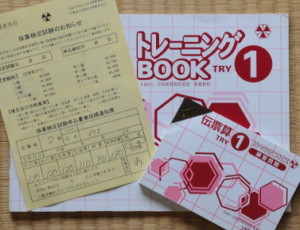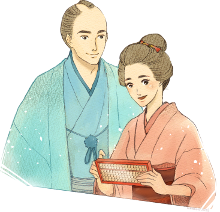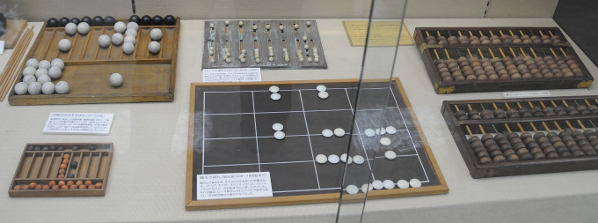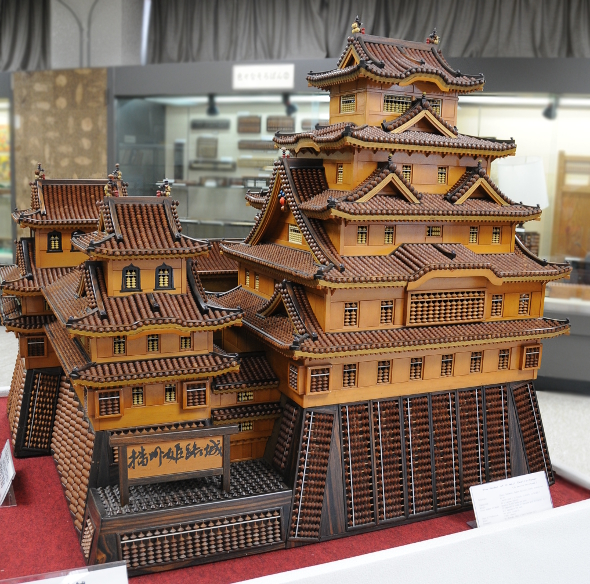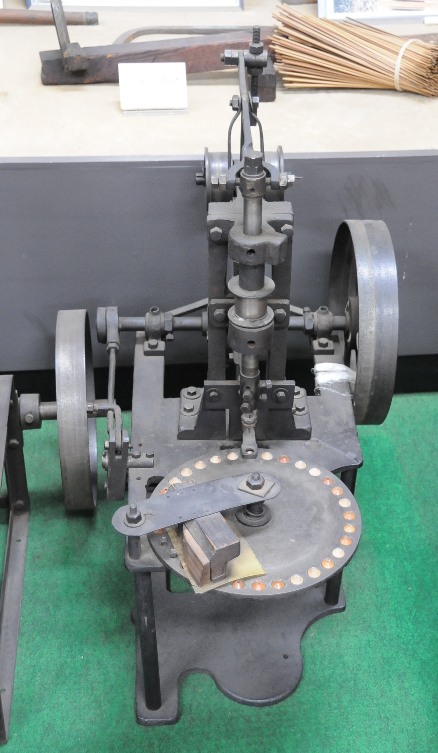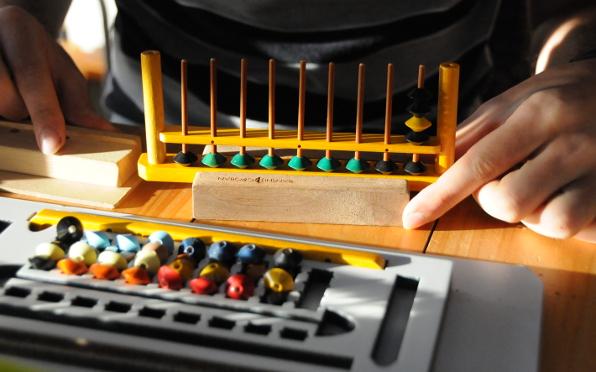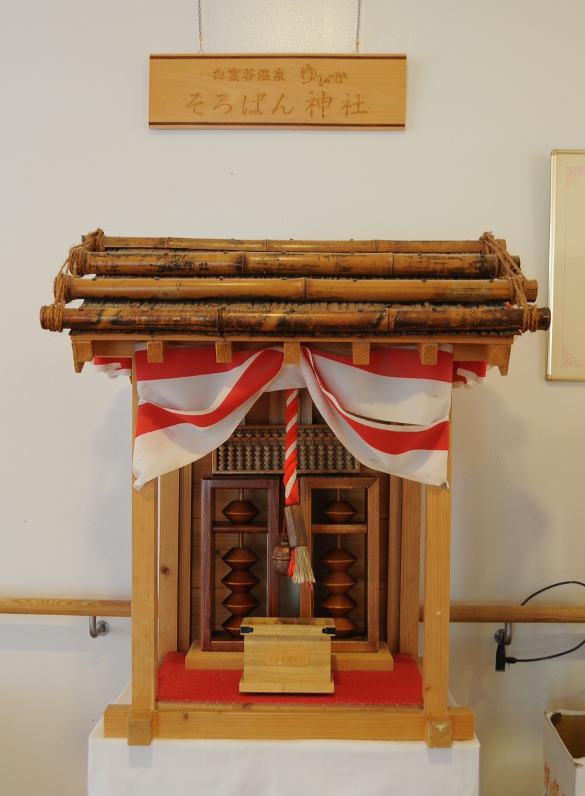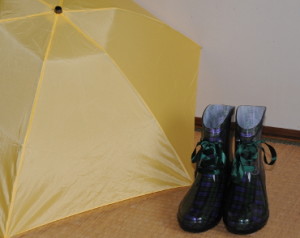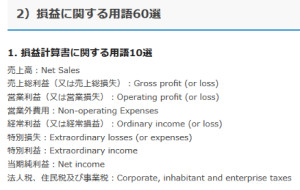It was a really great weekend. Until Sunday noon, that is. I’m not a big cook, I have never seen the point in cooking just for me. I like cooking, but cooking alone, eating alone, and then doing the dishes alone is just something I don’t enjoy. Besides, right now, when I only have a single pot, cooking is even less fun than usual, even though I have to admit that the whole cleaning part takes only five minutes which is just bearable.
Anyway, sometimes, fancy strikes me and I feel like cooking. For Sunday lunch, I had planned fish with potatoes and salad, which is quite elaborate for single me. When the potatoes were ready for boiling, I put them on the oven, turned the gas on, pushed the ignition button – and nothing happened. Nothing besides the rapid clicks of the firing mechanism could be heard, no flame was coming. I had had the problem a while back, and I just tried to repeatedly push the buttons just as I did then – but this time, nothing happened.
I was hungry, the fish was looking at me accusingly, but no amount of pushing or turning the gas on and off did make any difference. I became agitated, so much indeed, that I picked up the manual and rather painstakingly translated that part referring to error code 11 – which was shown to me on the only electronic panel of the gas range. It said “Your ignition is not working.” No, rly? “Just keep pushing the button.” No rly? I tried all three buttons repeatedly, nothing happened. At some point I thought it would be the gas, but then again, hot water – also gas heated – was working.
In case of grave distress, my to-do list is short: I call my friend with the inexhaustible patience or knock on my neighbour’s door. My friend was not reachable, and my neighbour played dead for the time being (I had the impression he was leaving later).
I panicked and decided to take matters in my own hands: I checked the gas company’s website. Their English site is blissfully short, and I found instructions of what to do in case there is no gas: essentially you must try to restart your electronic gas metre and wait for a while. Of course, despite me trying twice, it did not solve the problem.
Back to the English website: it’s devoid of any phone numbers. The gas company at least is honest and tells you that if you need something, it’s better to have a Japanese friend call them, and that the numbers could be found on the Japanese page. The only number there is on the English page, well hidden, is the emergency number for gas leaks, and it states that it is not allowed to call there in case of any other problems. Ever.
Their Japanese homepage, of course, is nicely cluttered with all sort of stuff people would not need in a hundred years instead of a simple large button “phone numbers here”. It took me 20 minutes to try all sorts of links to arrive at a page that looked like something containing numbers for their customer service. To be honest, I left it there. It seems that there is one of those awful menus behind every number, and I cannot deal with those in Japanese. It’s okay to speak to a person to whom I can explain that I’m an idiot, but electronic messages are usually not so forgiving. Thus, I sent an email both to my friend and my neighbour detailing the problem and asking for help. And then I put the fish back into the fridge and made myself a sandwich.
Help arrived at 11 pm in the form of my neighbour. He looked and prodded at the gas range, pushed the same buttons as I did and then also declared defeat. He did promise to call the gas company though, and finally, today, at 2 pm, a service technician came.
I showed him the gas range, pushed some buttons, and told him that the hot water is working. He only grinned, then he removed the tube that connects the gas range to the gas faucet, let’s call it like this. Now, inside that gas faucet is another little plastic tube. He took it out, blew through it a few times, put it back in place and reconnected the gas range. Then he pushed buttons – and everything was back to normal.
The whole thing took less than five minutes; it probably took the technician more time to get up and down the stairs… I was deeply embarrassed, but then again, how I am supposed to know that there is something inside that gas faucet, and that it needs cleaning? In all my 6 years of cooking with gas, this was never necessary. I can only assume that this little tube will stay clean if the gas range is used more regularly.
Anyway, my Sunday lunch – grilled salmon with mashed potatoes and green salad, mint ice cream afterwards – turned into Monday dinner, but it was no less delicious. And now, I can even have that Japanese red wine I wanted to try as deserved after dinner treat.
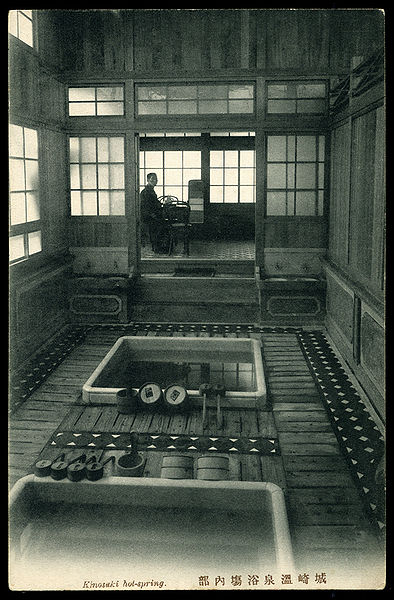 Current number of boxes left: 11
Current number of boxes left: 11
